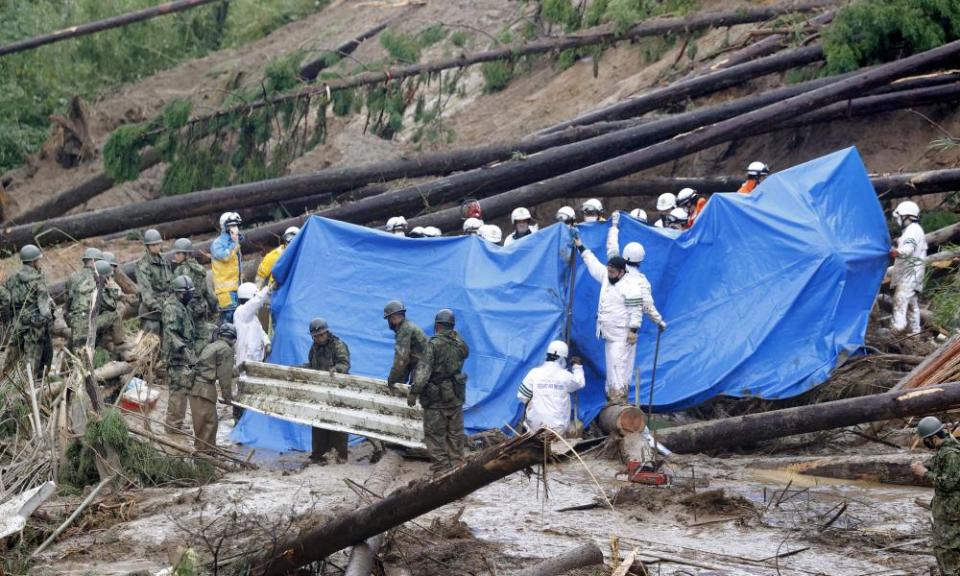Weather tracker: Deadly floods batter Italy’s Adriatic coast
European countries around the Adriatic Sea were experiencing extreme flooding towards the end of last week.
The Italian region of Marche was particularly badly affected after a thunderstorm on Thursday afternoon strengthened into the night. Some areas faced more than 400mm of rain, with much of the deluge falling in a couple of hours.
Ten people have been confirmed dead in the aftermath of the floods and three others are missing. Satellite images showed the extent of the disaster with flood water flowing into the sea, turning the normally pristine turquoise Adriatic coast brown.
Croatia, Slovenia, Montenegro and Bosnia-Herzegovina were among the other countries to experience thunderstorms on Thursday and Friday, which caused floods and landslides.
Although thunderstorms are not caused by the climate crisis, it is estimated that for every 1C of warming, the atmosphere can hold about 7% more moisture. As a result, a warming world increases the chances of extreme rainfall, which heightens the risk of catastrophic flooding.
The hot and humid conditions during these thunderstorms has been replaced by a northerly chill that has plunged temperatures below average across most of Europe.
Parts of the Alps have reported snowfall accumulating below 1,500 metres, unusual for this early in the season. Though it will be drier over the next few days with high pressure close by, there is the potential for further snow this weekend.

One of Japan’s strongest typhoons, Nanmadol, was preceded by a special warning from the Japan Meteorological Agency before it made landfall at 11am BST on Sunday. Such warnings are issued when conditions forecast are experienced only once in a few decades.
Millions of people were told to evacuate their homes as the typhoon approached the south-west of the country with gusts close to 150mph.
Typhoon Nanmadol, which has weakened as it moves north-eastwards, is clearing into the Pacific Ocean.

 Yahoo News
Yahoo News 